I’ve never had much of a sweet tooth. I’ll take a plate of cheese over a piece of cake every day of the week. In high school, I had a friend who loved cake icing, so at prom and birthday parties, I’d scrape mine off and give her the pile of sugary flowers. I can’t even remember the last time I had a cake for my birthday. I normally opt for a box of macarons, one of the few sweets I can’t resist. The last cake I remember having and enjoying was a raspberry and lemon flavored one for my PhD graduation party. A friend brought it, knowing that I have a weakness for anything with that flavor combination.
I also have an affinity for crème brûlée, but this probably has more to do with my love of the movie, Amelie. I remember watching the scene where Amelie cracks the sugar crust with the edge of her spoon and thinking I want to be in Paris cracking crème brûlée. The very act of eating this popular French custard has become nostalgic for me. I’ll order it nearly every time I see it on a menu.
Lately, the same is true for pistachio-based anything. Ever since last summer’s trip to Sicily, I’ve had a slight obsession with foods made with pistachios, and there are so many things you can make with this culinary nut. (Side note: I’ve learned that pistachios are not a botanical nut. They’re technically a drupe, which is a fleshy fruit with a center stone. Other drupes include peaches, mangoes, cherries, and olives, but unlike the aforementioned fruits, when it comes to pistachios, we eat the seed.) In Sicily, pistachios are on nearly every menu. You’ll find them in ice cream, cannolis, and pasta. They’re sprinkled on salads and used in soups, sometimes as a garnish and other times as the main ingredient.
Pistachio trees are believed to be indigenous to Iran and are largely cultivated in the Middle East and Central Asia. Some of the most innovative uses of pistachios are found in this region. Baklava, with its honey-soaked layers of phyllo pastry and pistachios, is among my favorite. It always humors me how my friends from this region all claim baklava is original to their country. My friends in Greece, Turkey, Egypt, and Lebanon all lay claim. Who am I to argue when they hand me a piece that is so perfectly crafted that the crisp layers of phyllo flake when you take a bite, and afterwards, you have to lick the honey off of your fingers.
It’s believed that Romans introduced the pistachio tree to Italy by way of Syria in 30 AD. Italy’s production is small. The country is responsible for only 1% of the global production, but Sicilian pistachios are the world’s most expensive, selling at prices that are nearly double of what the two largest producing countries–the US and Iran–charge for the same weighted amount.
Bronte, a small village on the slopes of Mount Etna, one of the tallest, active volcanoes in Europe, is known for its pistachios. The volcanic soil, which is continuously fertilized by the ash, gives Sicilian pistachios their famous sweet taste and their bright green color. Nicknamed “green gold” for their economic importance to the island, pistachios are so valuable that police guard the crops around the late August and September harvest. Pistachios are a biennial crop and only produce a heavy harvest every other year. The off year may have a small harvest or none at all. This makes the main harvest years extremely valuable to farmers, and theft is a major concern. (We see this in coffee as well.)
It was a pistachio pesto ravioli at Civicododici in Agrigento that piqued my curiosity. The flavors were so rich and complex. I’d never had anything like it. I ordered everything I could find in Sicily with pistachios. I couldn’t get enough. Since this meal in Sicily, I think I’ve ordered every pistachio-based pasta that I’ve seen on a menu, but none have come close to the flavors of the one in Agrigento. I’m always hopeful, but ultimately always disappointed.
There’s a French bakery in Mexico City that has a pistachio and chocolate pastry, and because I’m a creature of habit, I’ve made this cafe and this pastry part of my Sunday routine. I bike to a Sunday market, do my weekly shopping, and then head to Vulevú where I’ll order a cortado and what they call the pistachio Swiss. The pastry has a pistachio and chocolate inside and is topped with chopped nuts. The chocolate makes it sweeter than I prefer, but it’s a once a week treat, so I allow myself the indulgence.
When I started writing this post, I realized that I hadn’t really explored the pistachio scene in Mexico City beyond my Sunday cafe, so I messaged my friend, Alicia.
“If I buy several pistachio pastries, will you do a taste test with me?”
“Yes! I’m into this,” she replied. “This is a new found love for me.” (Side note: Find a friend who is always down for your crazy shenanigans.)
I mapped out a route and biked to the first panadería after lunch only to find that they didn’t have many pastries left, and they didn’t have any with pistachios. Bakers was my next stop where they had sold out of the cinnamon roll topped with pistachio that I wanted, so I bought the scone that the woman recommended instead. I then went to Banú Bakery for their pistachio and rose water croissant and picked up some baklava at Lunarena, a Turkish cafe in Roma.
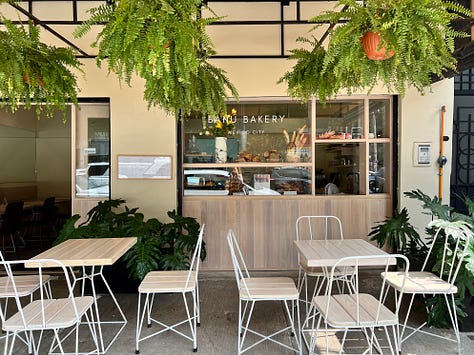
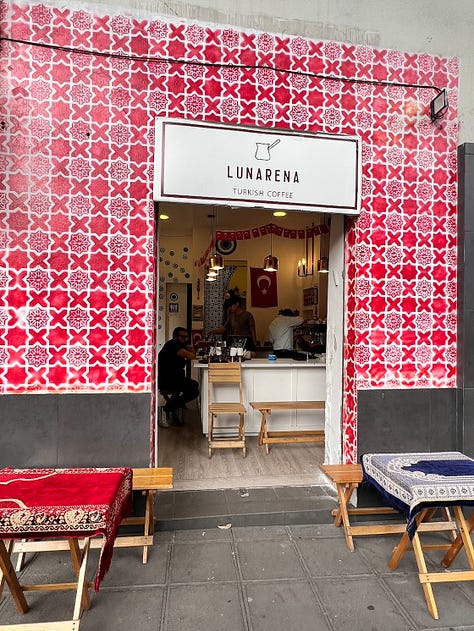
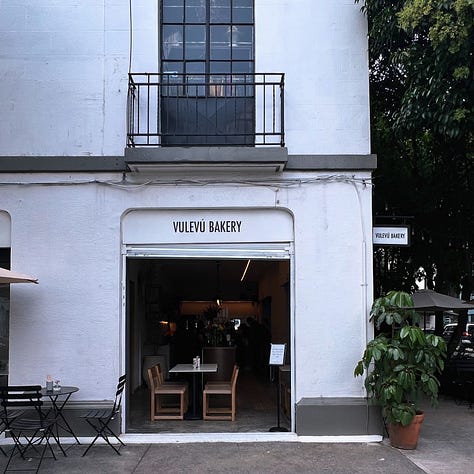
By the time I reached Vulevú, the final bakery on my list, I was exhausted. It wasn’t so much riding a bike as it was navigating parts of the city that are unfamiliar to me. Sometimes my Ecobici app would work properly and my bike would promptly unlock after scanning the QR code. Other times, I would try multiple times before being locked out for two minutes because of too many failed attempts. I then may have muttered ‘fuck it’ a few times under my breath before stomping off on foot. And of course, it had to rain.
I met Alicia at the wine bar, carrying a bag of pastries in one hand and a dripping wet umbrella in the other. She had beat the rain and was relaxed, sipping on her glass of wine. We shared a cheese spread and a couple of glasses of wine before we arranged the pastries on the board. We ate them slowly, talking about the individual flavors and comparing them to each other. Surprisingly, the scone was our favorite. I also loved the baklava, but Alicia found it too sweet. We agreed the chocolate was overpowering and the croissant was a little too dry, but we ate them all just the same.
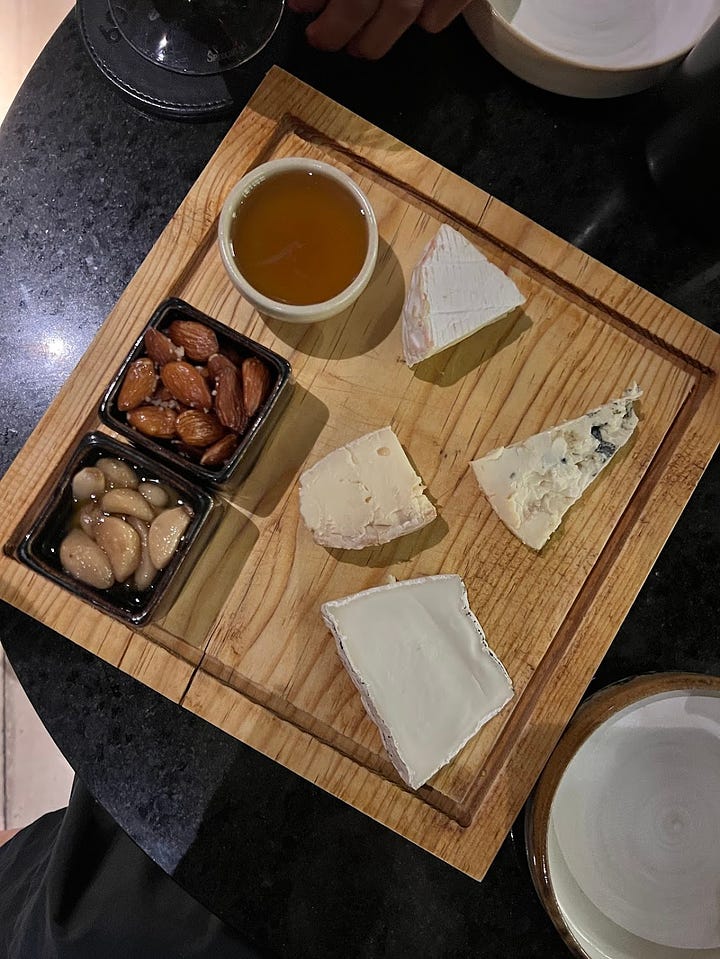
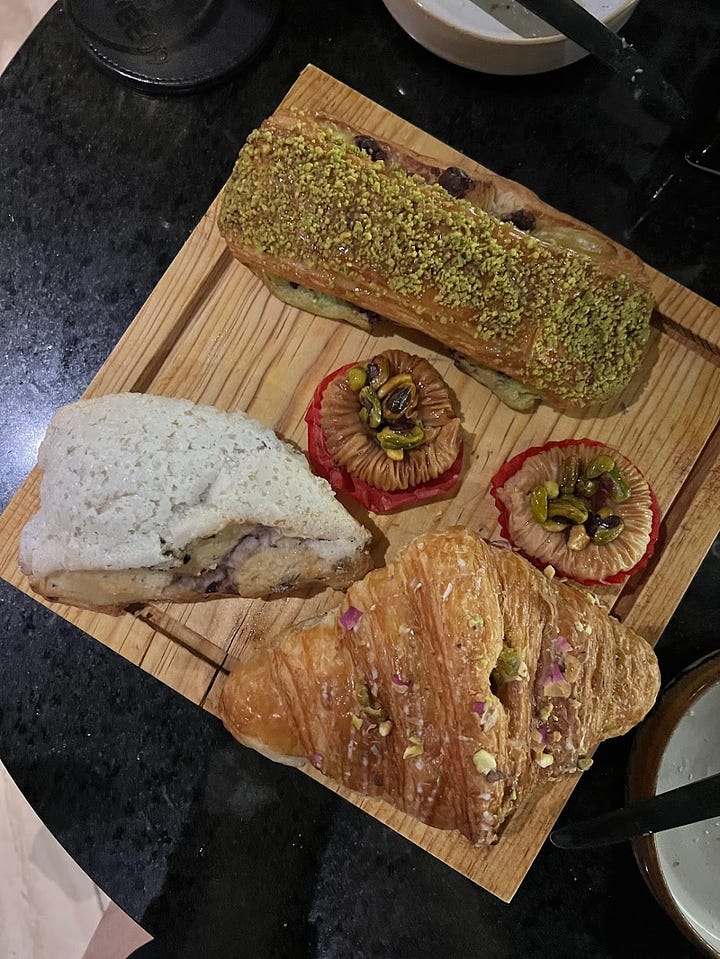
When there was nothing left but crumbs, we paid our bill, laughing that we just ate a dinner of cheese and pastries–the ultimate girl dinner.
Perhaps, savory and sweet is the best combination, and isn’t that the essence of what makes the pistachio so great?
I’m hoping to incorporate pistachios in my cooking. I’ll be sure to let you know how that goes. In the meantime, here are some recipes from Bon Appétit that I’m excited to try.




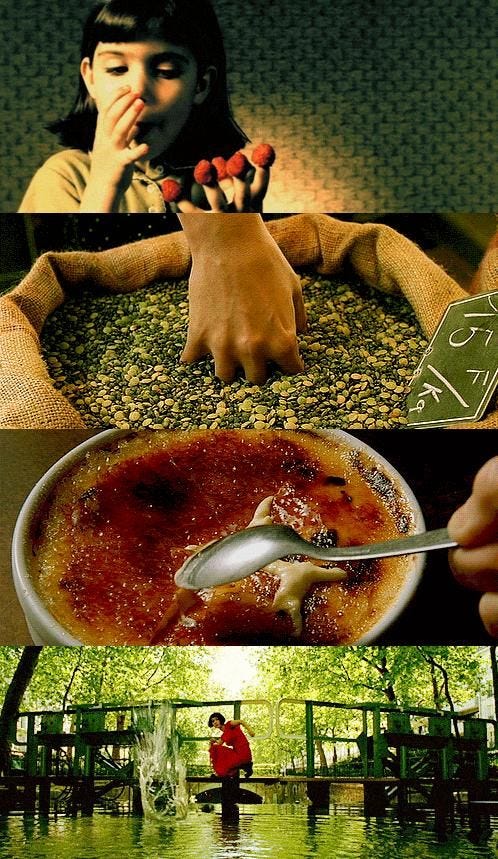
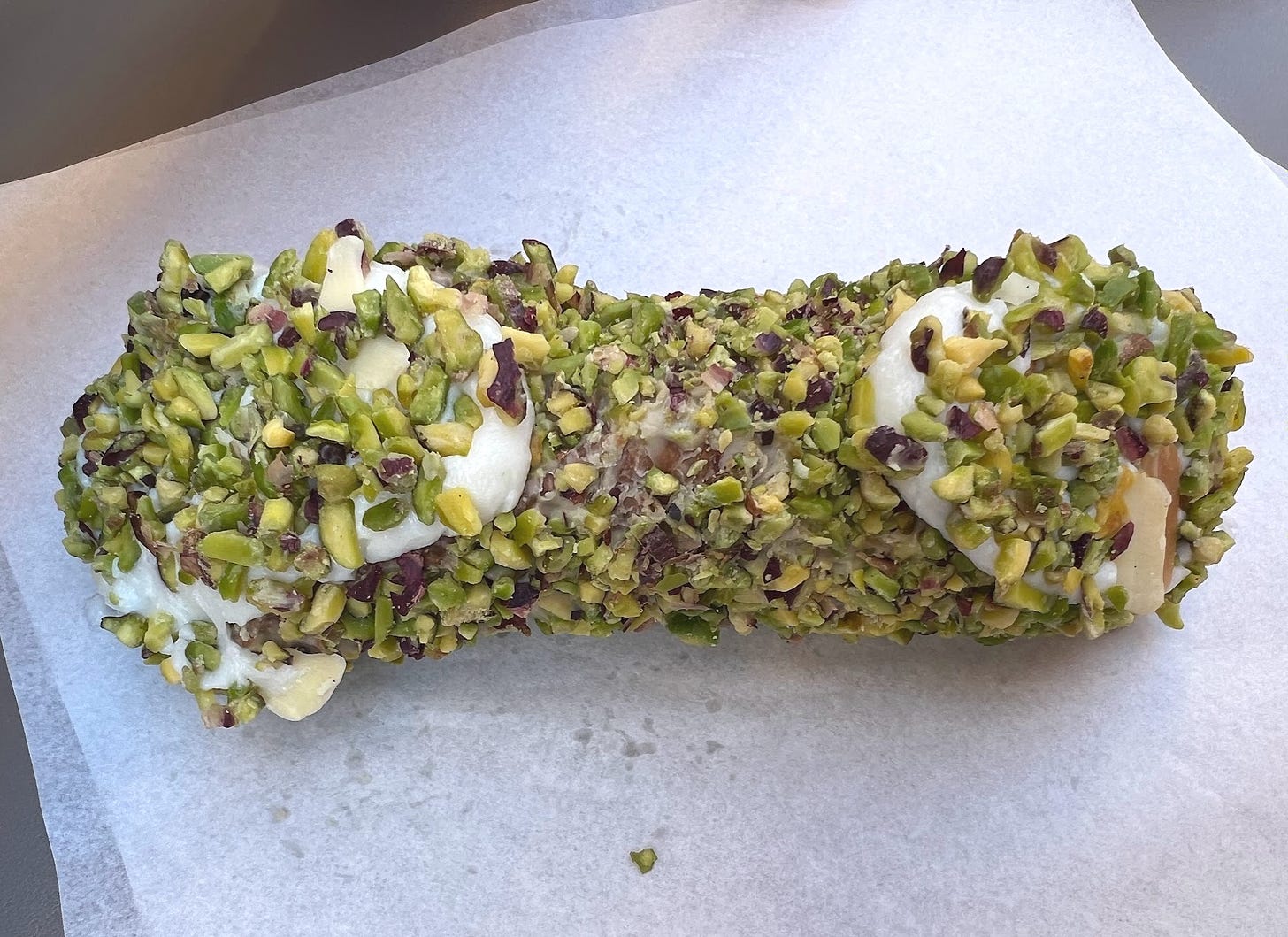
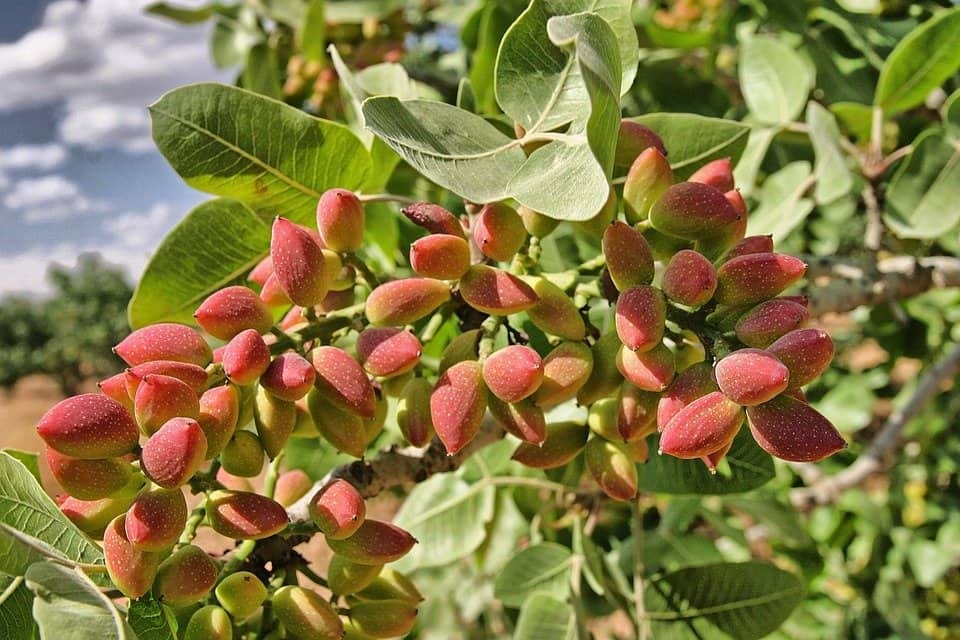
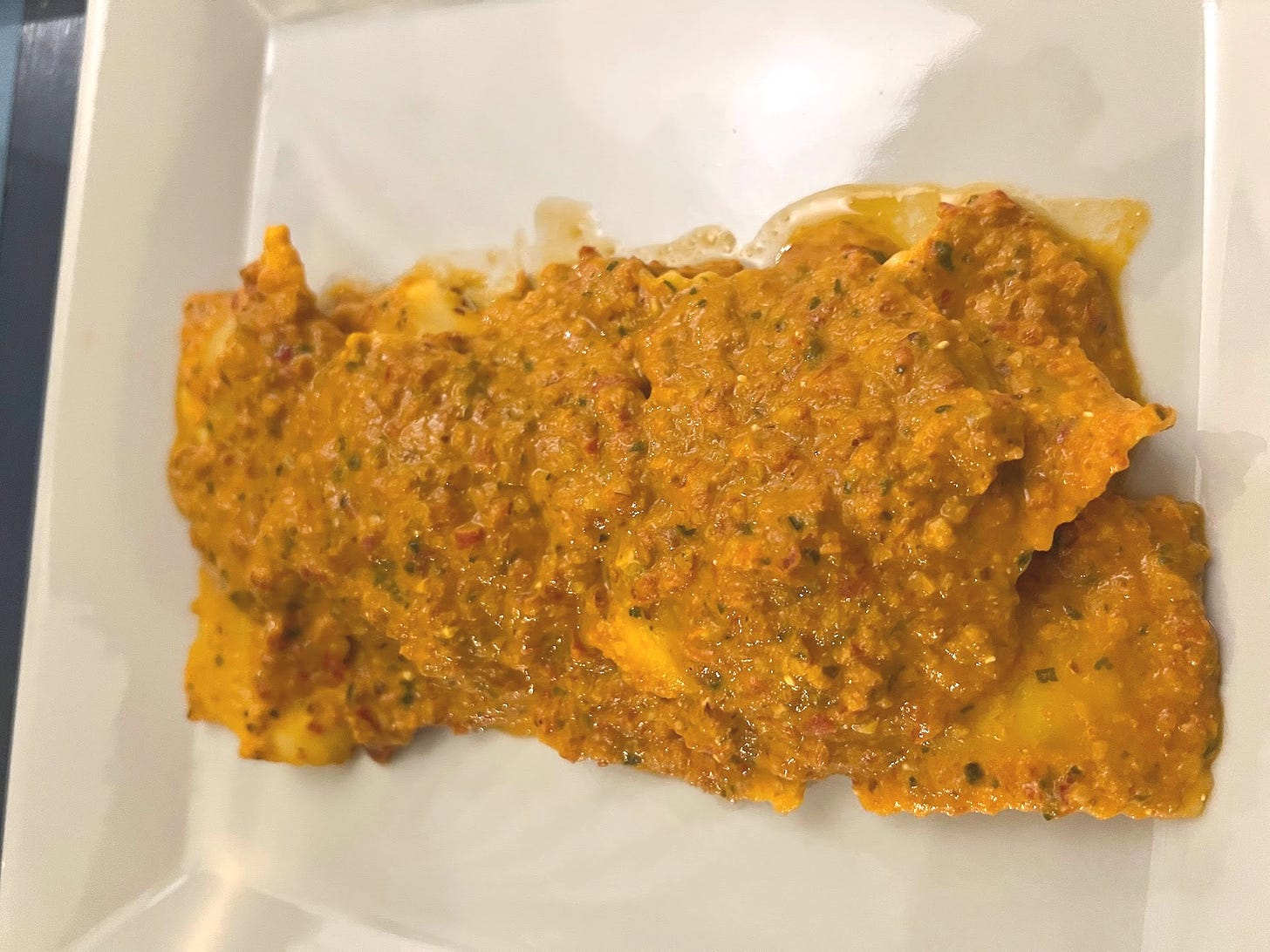

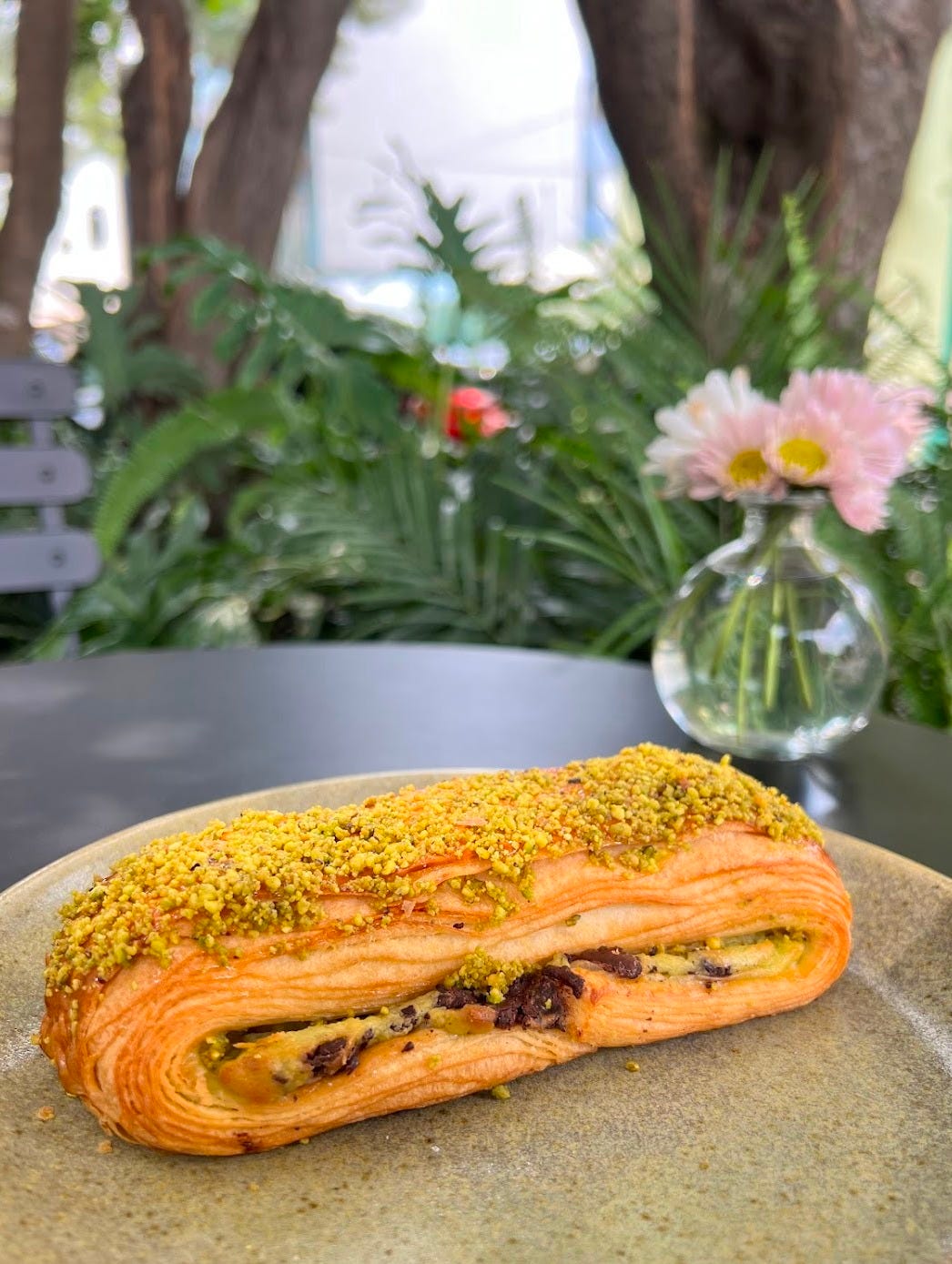
And now I want pistachio pesto...
We too discovered Sicilian pistachios! But I didn’t know WHY they are so yummy! Great essay Jen.